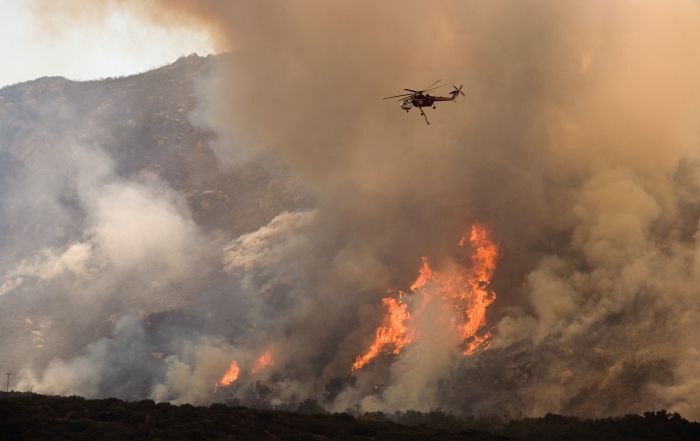About the Cardiorespiratory Diseases Unit
The mission of the Cardiorespiratory Diseases Unit is to advance innovation in biomedical research and serve as a collaborative resource to the scientific community for nonhuman primate cardiorespiratory expertise. The Cardiorespiratory Diseases Unit is unique to the NIH National Primate Research Centers; no other National Primate Research Centers has a dedicated research unit and associated core facility focused on the cardiorespiratory system. Cardiorespiratory Diseases Unit Core and Affiliate Scientists maintain distinct research programs that are focused on understanding the mechanisms of cardiorespiratory diseases that afflict human health across the lifespan using the nonhuman primate as an animal model for basic and translational studies. The Cardiorespiratory Diseases Unit consists of a multidisciplinary and synergistic investigative team that assimilates the fields of inhalation toxicology, mucosal immunology, cardiorespiratory physiology, and epigenetics to address critical issues central to the normal function of the heart, vasculature, and lung from birth through aging. Core and Affiliate Scientists within the Cardiorespiratory Diseases Unit have a long history of collaborative investigations on air pollution using in vitro and in vivo models as a translational pipeline to extrapolate the health effects of exposures and inform therapeutic strategies on human health outcomes. Current areas of scientific emphasis within the Cardiorespiratory Diseases Unit now include the recognition of health impacts following exposure to inhaled toxicants (tobacco, ozone, wildfire smoke, cannabis) and infectious agents (influenza, SARS-CoV-2).
Wildfires and Human Health
Research Accomplishments in the Cardiorespiratory Diseases Unit
- Developed a novel rhesus monkey model of house dust mite sensitization to investigate the pathogenesis of allergic asthma in pediatric and adult asthma
- Studied the effects of air pollutants including environmental tobacco smoke, ozone, and wildfire smoke during prenatal, neonatal and postnatal lung development in rhesus monkeys
- Established a rhesus monkey pediatric model of H1N1 influenza infection to study pulmonary immune susceptibility in the very young
- Characterized an adult rhesus monkey model of pulmonary fibrosis using bleomycin
- Defined the developing gut and respiratory microbiome of infant rhesus monkeys
- Tested therapeutic strategies for the treatment of inflammation in rhesus monkey models of allergy
Cardiorespiratory Diseases Unit Resources
The Cardiorespiratory Diseases Unit provides nonhuman primate biological specimens and data collected through our NIH-funded research to the scientific community. Since 1999, Core and Affiliate Scientists within the Cardiorespiratory Diseases Unit have used the nonhuman primate as an animal model to address questions related to the health effects of air pollutant exposures and future development of airway disease. Priority for distribution of resources is given to federally-funded investigators. Biological specimens and data may be obtained by contacting the Cardiorespiratory Diseases Unit Leader.





